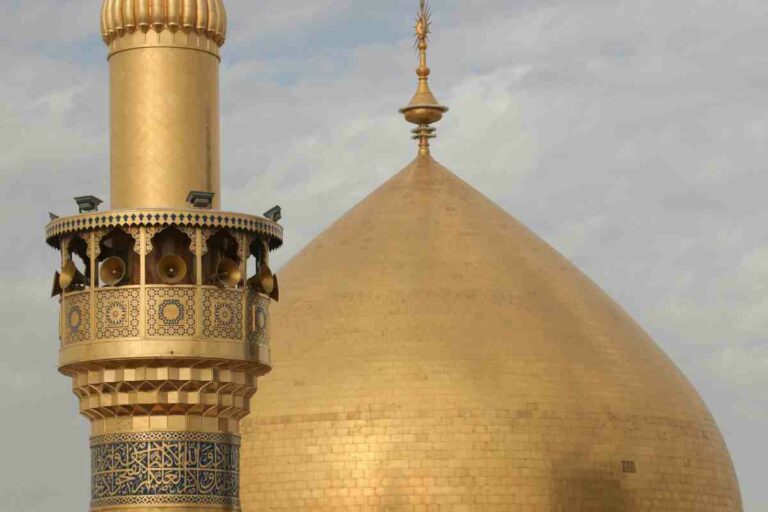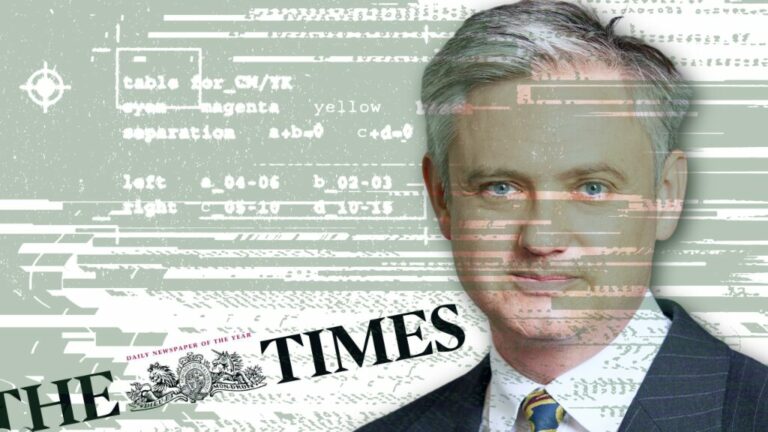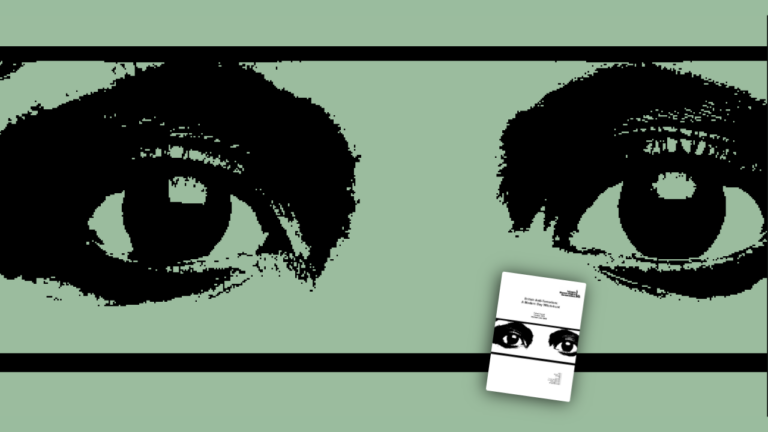Abstract: A review of the documentary based on the book of the same name which meticulously examines the portrayal of Arabs in some 750 movies from Hollywood’s earliest days until today.
“Arabs are the most maligned group in the history of Hollywood. They’re portrayed basically as subhumans. Untermenschen, a term used by Nazis to describe Gypsies and Jews. These images have been with us for more than a century.”
Thus starkly begins this DVD, peppered with interview clips and narration with Dr. Jack Shaheen, Professor Emeritus of Mass Communication at Southern Illinois University. Shaheen’s huge claim at the outset requires a high standard of proof from the following documentary split into seven sections, including: Myths of Arabland; The Arab Threat: Mideast Politics & Hollywood; Terror Inc: Demonizing Palestinians & Muslims (of the most salience to this journal); and Islamophobia. Does it match up?
It is worth stating at the outset that this documentary is a visual summary of the book of the same name, where Shaheen meticulously reviews some 750 movies from Hollywood’s earliest days until now. The case in that is well made, and in some senses this documentary expects the viewer to understand that the rigorously academic work has been done. Many other sweeping statements in this DVD require if not that understanding, then at least the viewer’s already existing sympathy to the cause. “All aspects of our culture portray the Arab as villain. That is a given. There is no deviation…” states Shaheen elsewhere.
This need for pre-understanding aside, this DVD is a remarkable journey through Hollywood famous and historically obscure: from Indiana Jones back to the exotic belly dancing harem inhabitants, in black and white, silent movies, and back again to the modern era and the exotic belly dancing harem inhabitants, in colour now but silent still despite the advent of sound.
Libyans!
Whilst only one section of this documentary deals with the representation of Palestinians specifically, all aspects of this documentary have impact on their representations due to the (elsewhere) acknowledged confusion in demonisation of Muslim, Arab, and Palestinian. The ‘Instant Ali Baba Kit’ that Shaheen describes, of stock stereotypes may as well apply to Palestinian, Algerian or Iranian, or British Pakistani or Danish Somali. Violent and oversexed and obsessed with American women (for this read white American women), often incompetent, always hell bent on domination whether economic or military. These are the characteristics that Arabs in Hollywood are assigned.
Shaheen claims with some success, that there is an undisputed vicious cycle between representation and policy and back to representation and so on. As many others have stated elsewhere, public opinion more easily accepted the invasion of Iraq when Arabs and Iraqis were already so maligned, and their subhumanity ingrained in American culture. When demonisation begins, Shaheen contends, ‘Righteous Slaughter’ surely follows. Rules of Engagement (2000) exemplifies a train of thought that inheres – what appears to be a US army massacre of civilians in Yemen is proven to be a justified response in self-defence (!) to a crowd of hate-filled Arabs opening fire on US troops. Indeed so demonic is this crowd that one of the terrorists opening fire is in fact a small crippled child.
Palestinian subhumanity
Shockingly the original research found that some 30 films of the 1980s and 1990s represented Palestinians and Arabs as intent on hurting Americans. The cause of these images and themes are not simply accidental reproductions of long held stereotypes. Shaheen points out that Cannon Films itself was responsible for many of the most aggressive movies. Cannon Films, though operating within the Hollywood film system, was the production company of two Israeli producers Menachem Golan and Yoram Globus. Other films bearing trademark vilification were often ‘made in Israel’ e.g. Death Before Dishonor (1987) which is frequently mentioned, and Iron Eagle (1986).
Shaheen’s claims are of course interspersed with salient examples from the many films. However the dictates of time means that the documentary is necessarily short, in order to cover all the areas of concern, and so again these clips are snapshots. Stereotypes are listed and proven through this method, but the bigger analysis is of course impossible.
Whose culture?
It is worth noting that the documentary refers specifically to American culture. Shaheen contends that the stereotypes are imported from European images of the Orient, particularly English and French of 150 – 200 years ago. However, they have been adopted and are now thoroughly American. Can the claims Shaheen makes be universalised, or applied back to British and French culture? It is an unfair question to ask, and would require similarly mammoth research on the part of Shaheen and others to justify, but has salience in as much as other cultures do exist, oft be it in the shadow or subjugation of Hollywood globalisation.
Who Are They Then?
Perhaps one of the weaker points of this documentary comes in the endorsement of what Arabs / Muslims are really like. At one stage Shaheen states that the Arab woman today is highly educated and a full member of society, yet this is not reflected on the silver screen. Could this not be equally said of most women of colour on Hollywood movies, and to some extent still characterises the portrayal of women per se? His challenge to viewers to ask if they perceive Arab women as full members of society is pertinent and welcome. However his list of ‘good’ representation raises hosts of other concerns regarding what are the limitations of media representation. His fulsome (and deserved praise) of Paradise Now indicates a strong stance against the actions of martyr bombers (rather than perhaps the ability to accept a sympathetic portrayal as part of the artistic process). This is valid opinion, but within the confines of a consciously ethical standard setting documentary has the danger of imposing visions of ‘good Arabs’.
Kingdom of Heaven (2005) discussed elsewhere in this issue (see Kara, Palestine and the ‘Humanisation’ of the Historical Arab in Hollywood: Still Racism by any Other Name?) is cited as showing a Muslim embracing religious pluralism, and again mythologises a figure i.e. Salahuddin and negates the very polarised feelings about him in the Muslim world. Three Kings(1999), on which Shaheen served as consultant, does show a multitude of developed Arab and Muslim characters without any doubt, and is perhaps one of a very few in the ‘west’ to show an escape to Iran as exemplifying freedom for the movies beleaguered characters (See Merali, 2008, forthcoming, ‘We Three Kings Still Oriental Are’). Yet problems persist. Its director David O’ Russell was openly pro- Iraq war though strongly anti-occupation, and that inherence of that agenda as much as those cited by Shaheen as evidenced in support of Israelis is understood by many critics, notably the Iranian filmmaker Nader Talebzadeh.
Additionally Shaheen’s critique of the representation of Arab women is very pertinent to this film. The ‘black bundles’ Shaheen berates as typifying Arab women in other films – clad in black Abbayas and chadors often with face covered -, are the bulk of female Arab characters in Three Kings. Though no longer silent, they emit noises rather than speak, either praying incomprehensibly in Arabic (in fairness this prayer is explained and honoured in the narrative), or shrieking and dancing (dancing Arab women again?) to the sound of Michael Jackson on someone’s stereo. The one female, who though hijab clad, wears Western clothes and does speak (in defiant and brave protest at Saddam’s troops) is shot and killed brutally. The only ‘good’ Arab woman is yet again a dead one.
******
As a teaching aid this DVD is exemplary. The need to already sympathise, may inhibit its use as an introduction to the claims or for awareness raising. Reservations regarding how the documentary constitutes the ‘unstereotyped’ Arab, and its claims regarding the normalisation of other minorities within the media notwithstanding, the courage of this documentary in stating so boldly the enormity of vilification against Arabs and Muslims must be commended, even if it does not (cannot) do justice to Shaheen’s extremely important work.

Reel Bad Arabs: How Hollywood Vilifies a People, DVD Cover






